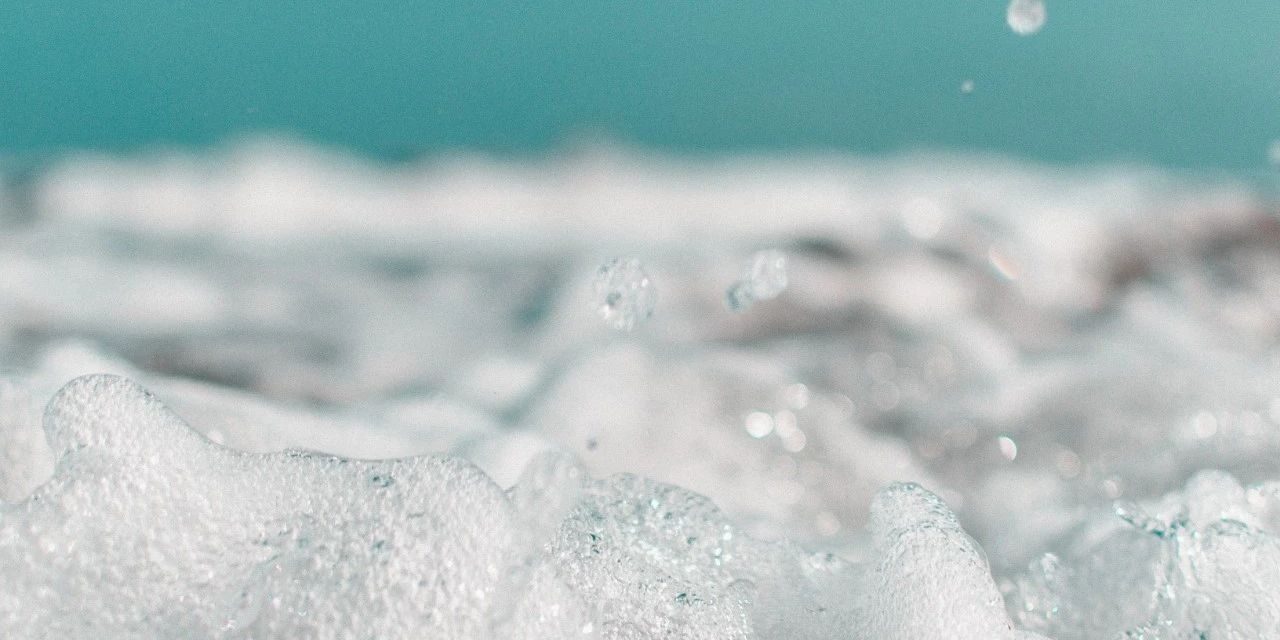Analysis of the principles and benefits of mold cleaning and defoaming agents
Mold cleaning refers to the process of removing dirt, grease and other contaminants from the surface of molds. Molds are equipment or tools used in industrial production or processing, such as cutting knives, grinding stones, etc. Due to the influence of various factors in the cleaning process, foam problems will always affect the cleaning effect. With the advancement of science and technology, mold cleaning defoaming agents are necessary additives for financial and efficient cleaning.
There may be several reasons for a large amount of foam during cleaning:
1. The surfactant in the cleaning agent will form foam when treating the mold surface, which helps remove dirt.
2. Grease and dirt on the surface of the mold may also react with the cleaning agent to form foam.
3. If the concentration of the cleaning agent is too high or too much cleaning agent is used, it will also cause excessive foam. Sometimes, using super hot water can also create more foam.
Mold cleaning defoamer is a chemical agent specially designed to remove foam generated during the cleaning process. Their main ingredients include surfactants and defoamers. Surfactants can reduce the surface tension of liquids and reduce the generation of foam; defoaming agents can destroy the existing foam structure and quickly eliminate foam.
The benefits of mold cleaning defoaming agents are obvious:
1. It can significantly reduce the generation of foam during the cleaning process, reduce the usage of cleaning agent, and improve cleaning efficiency.
2. The defoaming agent will not affect the cleaning performance of the cleaning agent and ensures thorough cleaning of the mold surface.
3. Usually has excellent defoaming performance and long durability, which can maintain the foam elimination effect during the cleaning process and reduce the operator’s subsequent processing work.







